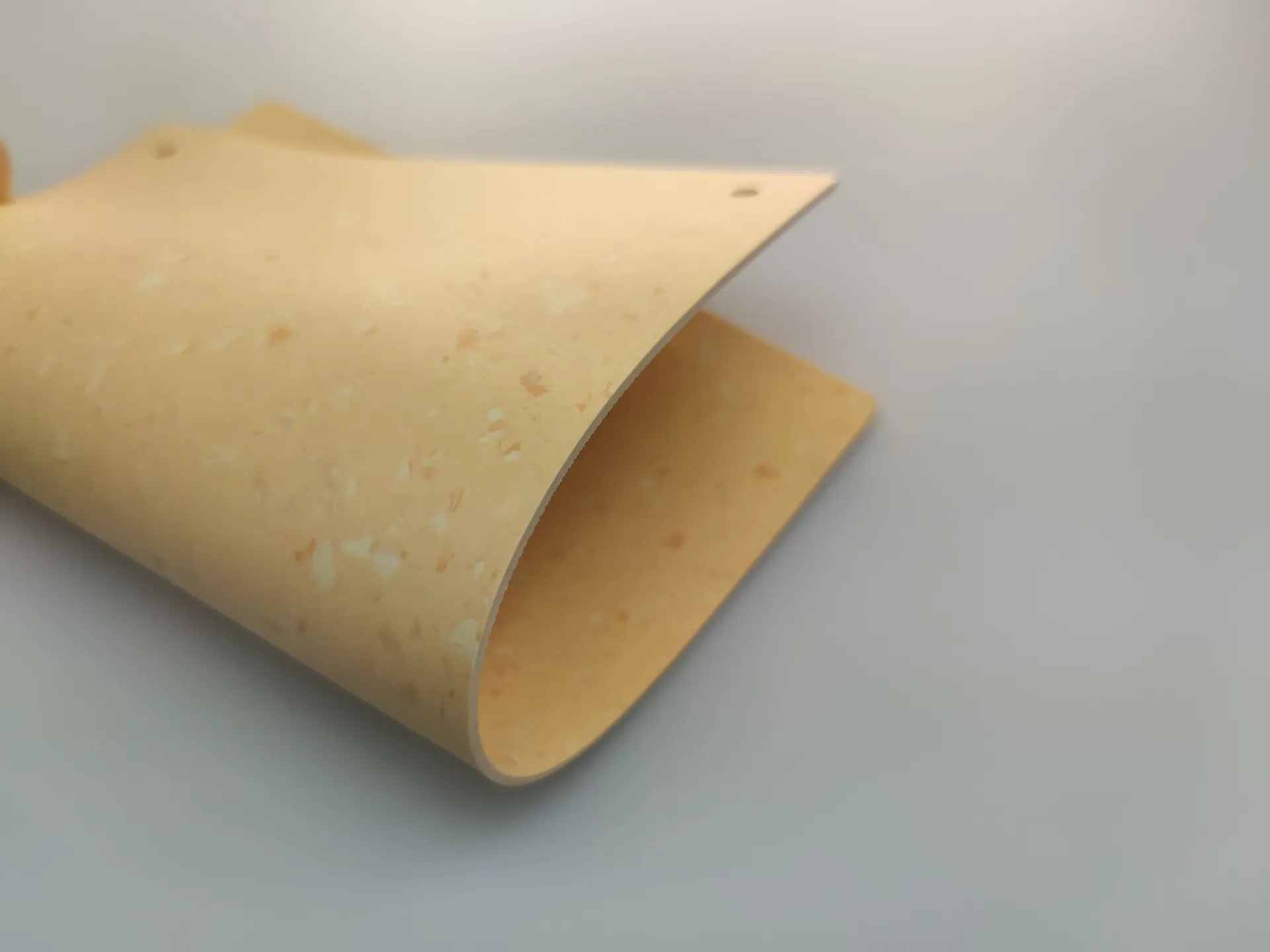Effective Use of Masking Tape for Organizing and Protecting Electrical Wires and Cables
The Importance of Masking Tape for Wires
When it comes to electrical projects, whether they are simple household tasks or complex installations, one crucial tool that often goes unnoticed is masking tape. While many people associate masking tape with painting or art projects, it has significant applications in the electrical field, particularly for managing wires.
What is Masking Tape?
Masking tape is a type of pressure-sensitive tape made from a thin and easy-to-tear paper. It is coated with a light adhesive that allows it to be easily removed without leaving a sticky residue. This characteristic is what makes masking tape an invaluable tool when working with wires and cables.
Organization and Safety
One of the primary advantages of using masking tape for wires is organization. In an electrical project, wires can often become tangled and chaotic. This not only makes the job more difficult but can also pose safety risks. By labeling wires with masking tape, you can easily identify each wire's purpose or function. For example, using different colors of tape to distinguish between power wires and data wires can significantly simplify troubleshooting in the future. This proactive organization minimizes confusion and helps prevent incorrect connections, which can lead to shorts or even fires.
Additionally, masking tape can be used to bind several wires together, preventing them from becoming entangled. This is particularly helpful when running multiple wires along a wall or within conduits. Taping the wires in bundles keeps everything neat and tidy, reducing the risk of damage or wear caused by friction between wires.
masking tape for wires

Insulation and Protection
While masking tape is not a replacement for electrical tape, it can be used for temporary insulation and protection of wires. For instance, during an initial setup or testing phase, masking tape can help shield exposed wire ends from accidental contact with conductive surfaces. However, it's important to note that masking tape does not provide the same level of insulation as electrical tape, so it should never be used as a permanent solution.
In addition to insulation, masking tape can also help protect wires during painting or other renovations. For example, if you need to paint a wall with wires running along it, using masking tape to cover the wires can prevent paint from splattering or sticking to them. This simple technique ensures that your electrical components remain clean and functional.
Temporary Solutions
Another significant use of masking tape for wires is providing temporary solutions during troubleshooting or repairs. If a wire connection is loose or needs adjustment, using masking tape can temporarily secure the connection, allowing you to test or troubleshoot issues without needing to make permanent changes immediately. This is particularly useful in scenarios where you are diagnosing problems or validating wire connections before committing to a more permanent fix.
Conclusion
In summary, while masking tape may not be the first tool that comes to mind for electrical work, its versatility and practicality make it an invaluable accessory. From organizing tangled wires to providing temporary insulation and protection during projects, its applications are diverse. By incorporating masking tape into your electrical toolkit, you can enhance both the safety and efficiency of your work, ensuring that your projects are well-managed and organized. Whether you're a seasoned electrician or a DIY enthusiast, this simple adhesive tape can prove to be a powerful ally in managing wires effectively.
-
Waterproof Advantages of SPC Flooring Vinyl in KitchensAug.06,2025
-
SPC Hybrid Waterproof Flooring Thickness GuideAug.06,2025
-
Leveling Subfloor Before My Floor SPC InstallAug.06,2025
-
How Mesh Deck Skirting Improves Outdoor Pest ControlAug.06,2025
-
Choosing the Right Commercial Flooring for Your Business NeedsAug.06,2025
-
Choosing the Best Residential Flooring: A Comprehensive Guide to Style, Durability, and ComfortAug.06,2025




